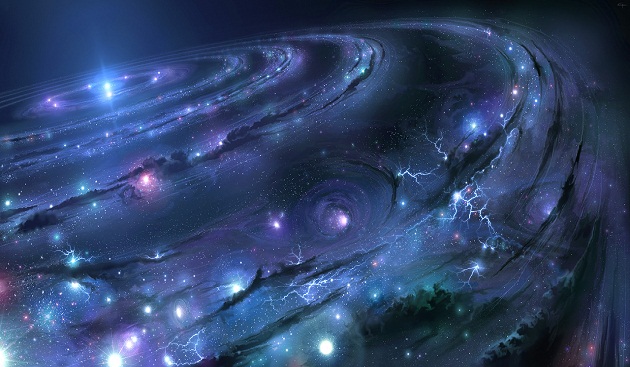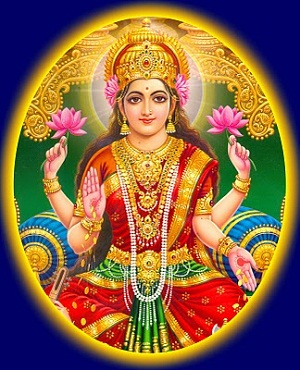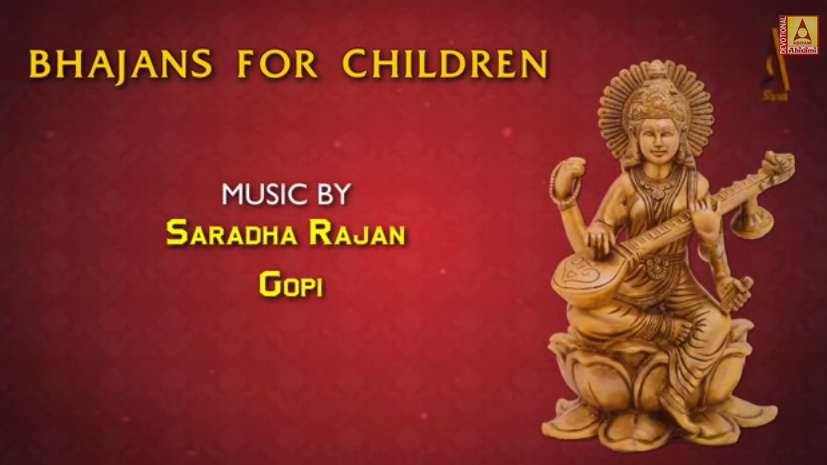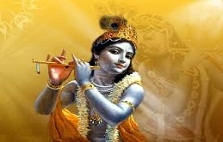Scriptures give three definitions for God, depending upon the maturity and intellectual caliber of the seeker.
First definition:
This is for the beginner. God is Jagat-karta or the creator of the universe. He is the intelligent cause behind the purposeful and well-designed creation. Since the only intelligent being known to us is the human being, we find it easy to visualise God as a person. Therefore we imagine a very intelligent personal God who is omniscient and omnipotent.
This is God as a creator and a personal God with a special form, like Rama, Krishna etc.
This God is called Eka-Rupa-Iswara, that is, God with a specific form. This is the first stage.
Second definition:
The second is, God is the cause of the world. From Jagat-karta, we come to Jagat-karana. Any creation is possible only with raw material. Before the creation of time,
space and object, when God alone was there, where was the raw material ?
Well, scriptures point out that God himself happens to be the very material also, out of which the world is shaped. One of the most beautiful examples in Vedanta is a spider.
Just as a spider finds the material for its web in itself, God creates out of Himself. Thus God becomes the material cause of the universe. So, the universe is nothing, but God alone. Since the whole universe is God, every form is God’s form. He is no more a personal, but a universal God. So he is no more eka-rupa, but anaeka-rupa-iswara or visva-rupa-iswara. To have darshan of God I need not go anywhere. He is available everywhere.
In Rudram, Lord Shiva is worshipped as the rising sun with different hues. All the different hues of the sun are the complexion of the Lord. This is the second stage.
Third definition:
This is the highest, toughest and the culmination. That is, Jagad-adhishanam Isvarah.
If we say God can be everywhere, we want to know, how God can be in the form of ugly things, diseases, criminals etc in the creation. We cannot accept evil as God. So we accept God does not become the world, but appears as the world with different forms. He is not affected by any form in which he appears. To put it in another way, God is the very substratum of all the forms and the one behind the creation. He transcends the entire creation and not affected by them. Hence no particular form belongs to God and He becomes Arupa-isvara or Formless God.
We have to understand all the levels gradually. Initially, we go through Eka-rupa-bhakti. The middle stage is anaeka-rupa bhakti. The final stage is Arupa-bhakti. One does not replace the former, but includes the other also. So Arupa-bhakti includes the first two. They happily worship God with any particular form also. They happily appreciate the Lord as beautiful nature also. The example is, Einstenian physics does not displace Newtonian physics. Both are valid in their levels. This is the understanding of God that develops in the mind of a seeker as he studies the scriptures.






